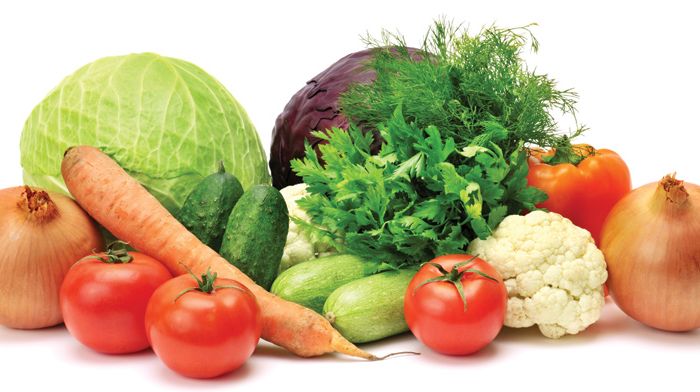Welcome to National Food Safety Education Month!
In September of each year, we not only have the opportunity to celebrate Labor Day, but we also welcome National Food Safety Education Month! It is this time of the year when it is important to remember that Foodborne illnesses are still a major concern in the United States, although I am guessing many Americans don’t think about the safety of the food they eat as they go throughout their daily lives. The statistics show one in every six Americans will suffer from a foodborne illness each year, for a total of about 48 million cases each year.
Luckily enough, there are thousands of Americans whose job is to help protect the food supply. From the farmer who raises the animals or plants the crops we harvest to sell in grocery stores, to the supermarket managers who monitor the temperature of their frozen and refrigerated display cases each day, to the food service manager who ensures all the proper steps are followed in the preparation of the meals that consumers eat in schools and restaurants across the United States on a daily basis. Along the way, the food is transported, stored, and inspected at various points, but ultimately each one of us bears some responsibility to ensure the food we eat is safe.
… there are thousands of Americans whose job is to help protect the food supply…but ultimately each one of us bears some responsibility to ensure that the food we eat is safe.
While many of our readers are in the foodservice profession, there are several who I am guessing are not. Those who are not in the profession can play just as much of a role in keeping food safe as a professional, and it all starts at the grocery store. The FDA, CDC, and many state university extension agencies have many different resources to help you keep food safe in your home and ultimately protect your family from a foodborne illness. Here are a few of my favorites to check out:
- For a Safe Plate, Don’t Cross-Contaminate: 7 Tips to Keep your Food Safety (CDC)
- Protect Yourself when Eating Out: Four tips to Prevent Food Poisoning (CDC)
- Steps to Safe and Healthy Fruits and Vegetables (CDC)
- Rules of the Game for Food Safety (CDC)
- Food Safe Shopping and Storage Infographic (FDA)
- Food Safe Meal Prep Infographic (FDA)
As we have discussed many times in these blogs, professionals have an even greater responsibility to protect the food they serve to guests. In many cases, the food they serve will not just make four or five members of a family sick, but many, in some cases hundreds of people, could fall ill due to mistakes in a foodservice kitchen. One step I would encourage all managers to undertake during this food safety month is to do an in-depth review of your recipes and incorporate crucial control points into each recipe you have. This is one step that can have a huge impact on the safety of the food served in your operation and serves as a constant reminder for foodservice employees to cook food to the proper temperature. In most cases, small steps can help you transform your organization and truly set the foundation for a solid food safety culture. Afterall, how do you eat an elephant? One bite at a time!
If you haven’t already checked it out, please check out the latest SafeBites Food Safety Webinar, “Creating Clarity for Exceptional Food Safety Results”, presented by Dr. Brett Horton. This webinar is a bit different than the past ones in that we don’t focus just on food safety but dig into how to create exceptional programs and develop a team. Achieving exceptional results requires trust, appropriate conflict to achieve optimum results, commitment, and accountability by all members of the organization. Of course, we do this while keeping food safety in mind, but the discussion could really apply to multiple aspects of your life. I promise you will learn something, I certainly did! Be sure to drop us a note if you enjoy the webinars or have suggestions for future content that you would like to learn. Risk Nothing.
READ MORE POSTS
The Alphabet Soup of Hepatitis and Why it Should Concern Foodservice Operators.
Late in July, I was made aware that World Hepatitis Day was on July 28th. I do have to be honest – similar to most of you reading this, I was surprised there was such a thing. After doing a bit of research, I discovered July 28th was named as such to recognize the birthday of Dr. Baruch Blumberg, who first discovered the hepatitis B virus in 1967 and then two years later developed the first hepatitis B vaccine. Each year, the Centers for Disease Control and Prevention and the World Health Organization recognize the day to help raise awareness about hepatitis, which impacts over 300 million across the globe and causes more than one million deaths a year.
Food Recalls: Another Important Reason to Have a Sound Traceability Program in your Foodservice Operation
Earlier in the month, I discussed a bit about the proposed traceability rules that may be coming out soon. One result of implementing the proposed rule and improving overall food traceability in your operation is the ability of those in the food chain to quickly identify and pull product involved in a food recall.










